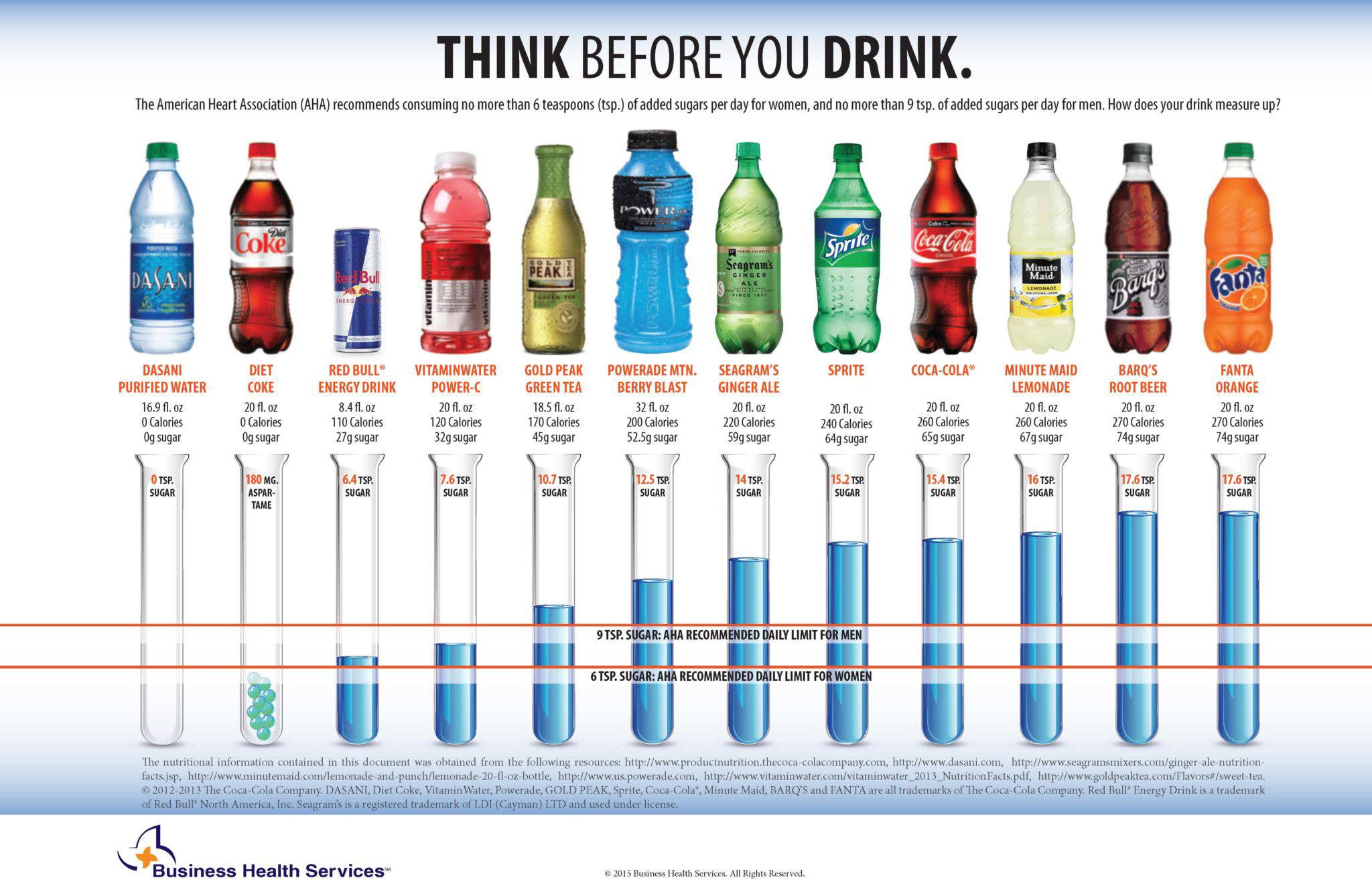In a world where convenience frequently enough takes precedence over nutrition, the quest for an effective meal replacement for weight loss has never been more pressing. As we navigate the myriad options available, it’s essential to strike the right balance between taste, satiety, and sugar content. This article delves into the top contenders in the meal replacement arena, exploring how they satisfy not just our hunger but our taste buds as well, all while keeping those pesky sugar levels in check. join us as we unravel the complexities of these culinary contenders, helping you make an informed choice on your journey to a healthier lifestyle. Whether you’re a busy professional, a fitness enthusiast, or someone simply looking to shed a few pounds, understanding the nuances of meal replacements can be the key to achieving your weight loss goals without sacrificing flavor or satisfaction.
Exploring Flavor Profiles in Meal Replacement Options
Meal replacement options have evolved significantly, with various brands offering an array of flavors designed to cater to diverse palates.when exploring these flavors, it’s essential to consider factors such as indulgence and health benefits. Some popular flavor profiles include:
- Chocolate – A classic favorite, often rich and creamy, satisfying those with a sweet tooth.
- Vanilla – A versatile option that blends well with fruits or other mix-ins.
- Fruity combinations – Such as mixed berry or tropical flavors that add a refreshing twist.
- Spiced profiles – Options like chai or cinnamon apple can provide warmth and depth.
In addition to flavor, the texture plays a critical role in satiety.Smooth and creamy meal replacements often feel more indulgent, while thicker shakes may curb hunger more efficiently. When analyzing sugar content, it’s crucial to compare brands to choose wisely, ensuring that the meal replacement is low in added sugars.A speedy glance at common options can reveal significant differences:
| Brand | Flavor | Calories | Sugar (g) |
|---|---|---|---|
| Brand A | Chocolate | 200 | 5 |
| Brand B | Vanilla | 180 | 3 |
| Brand C | Mixed Berry | 220 | 8 |
| Brand D | Chai Spice | 210 | 4 |

Understanding the Role of Satiety in Weight Loss Success
Satiety plays a pivotal role in determining weight loss success. It refers to the feeling of fullness and satisfaction after eating, which can significantly influence caloric intake and choices throughout the day. Understanding how different meal replacements affect satiety can definitely help individuals make better dietary decisions. Products rich in protein and fiber tend to promote a greater sense of fullness compared to those high in sugars and refined carbohydrates. Ensuring that meal replacements provide adequate nutrients to keep hunger at bay can definitely help maintain adherence to a weight loss plan.
When selecting the best meal replacement for weight loss, it is essential to assess their composition. Key factors influencing satiety include:
- Protein Content: Foods high in protein have been shown to enhance feelings of fullness.
- Fiber Levels: Dietary fiber slows digestion, promoting a sustained sense of satiety.
- Added Sugars: High sugar content can lead to quick spikes and drops in energy, increasing cravings.
Below is a comparison table of different meal replacements based on their key attributes:
| Product | Protein (g) | Fiber (g) | Sugar (g) |
|---|---|---|---|
| Brand A | 20 | 5 | 2 |
| Brand B | 15 | 8 | 10 |
| Brand C | 25 | 4 | 1 |
Choosing meal replacements that are high in protein and fiber while low in sugar can effectively support weight loss efforts by promoting lasting satiety. By understanding these elements, individuals can empower themselves to make healthier choices that contribute to their overall goals.

Analyzing Sugar Content for Healthier Choices
Understanding the sugar content in meal replacements is vital for making informed dietary choices, especially for those aiming for weight loss. Many products on the market might appear healthy at first glance, but their sugar levels can significantly impact your overall health and satiety. Here are some key points to consider when analyzing sugar content:
- Read Labels Carefully: Always examine the nutritional facts on the packaging. Look for added sugars and be cautious of ingredients disguised as healthy, such as agave or fruit extracts.
- Prioritize Low sugar Options: Meal replacements with low sugar (under 5 grams per serving) tend to help regulate blood sugar levels and minimize cravings.
- Natural vs. Added Sugars: Recognize the difference between naturally occurring sugars in ingredients versus those added for sweetness; the former is generally more acceptable in moderation.
to aid in your analysis, here’s a simplified comparison of select meal replacement options based on their sugar content and nutritional balance. Reviewing this will allow you to make a goal-oriented choice:
| Meal Replacement | Sugar per Serving | Calories per Serving | Protein Content |
|---|---|---|---|
| Brand A | 3g | 200 | 20g |
| Brand B | 10g | 220 | 15g |
| Brand C | 1g | 180 | 25g |
This comparison showcases the varying sugar levels across meal replacements, emphasizing the importance of selecting options higher in satiety and lower in sugar. Experimenting with different products while monitoring how they affect your hunger and energy can provide personal insights into finding the best match for your weight loss journey.

Top Recommendations for Effective Meal Replacements
When selecting a meal replacement for weight loss, consider options that not only help you shed pounds but also satisfy your taste buds and keep cravings at bay.Look for meal replacements that contain a balanced blend of proteins, healthy fats, and complex carbohydrates. This combination enhances feelings of fullness,minimizing the temptation to snack between meals. Key attributes to prioritize include:
- High Protein Content: Aim for products with at least 20 grams of protein per serving to promote satiety and muscle retention.
- Low Sugar Levels: Seek options with less than 5 grams of sugar to avoid spikes in blood sugar levels.
- Nutrient Density: Ensure your choice includes essential vitamins and minerals for overall health maintenance.
Moreover, the flavors available play a crucial role in long-term adherence. Choose brands that offer a variety of tasty flavors to keep your meals interesting and enjoyable. furthermore, consider the format that best suits your lifestyle—whether it’s ready-to-drink shakes, powder mixes, or meal bars.Here’s a quick comparison to help guide your decision:
| Brand | Flavor Options | protein (g) | Sugar (g) |
|---|---|---|---|
| Brand A | Chocolate, Vanilla | 25 | 2 |
| Brand B | Strawberry, banana | 20 | 3 |
| Brand C | Mixed Berry | 30 | 1 |
To Conclude
choosing the best meal replacement for weight loss ultimately hinges on your individual preferences and health goals. As we’ve explored, the ideal option should balance taste, satiety, and sugar content to provide a satisfying experience without derailing your progress.Whether you lean towards a rich,creamy shake or a fruity blend,there’s a meal replacement out there that fits your palate and lifestyle.
Remember, while meal replacements can serve as a convenient tool in your weight loss journey, they should complement a well-rounded diet rich in whole foods. As you embark on this journey,take the time to experiment with different brands and flavors. Listen to your body, note what makes you feel best, and stay committed to your wellness goals. With the right meal replacement in your corner, you can pave the way toward a healthier, more balanced life, one delicious sip at a time. Happy exploring!



